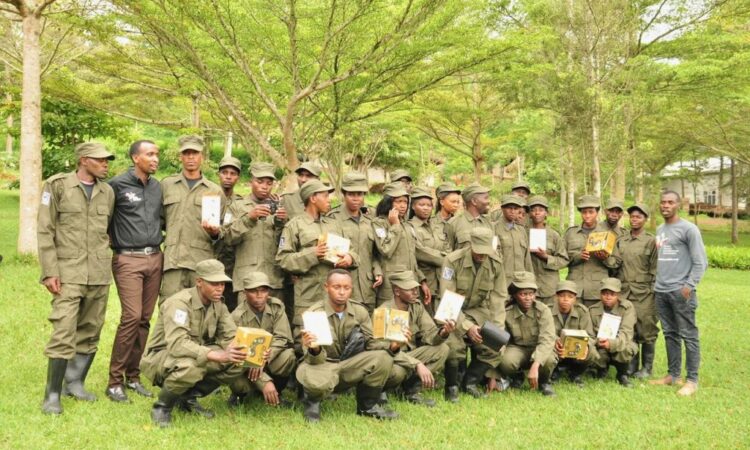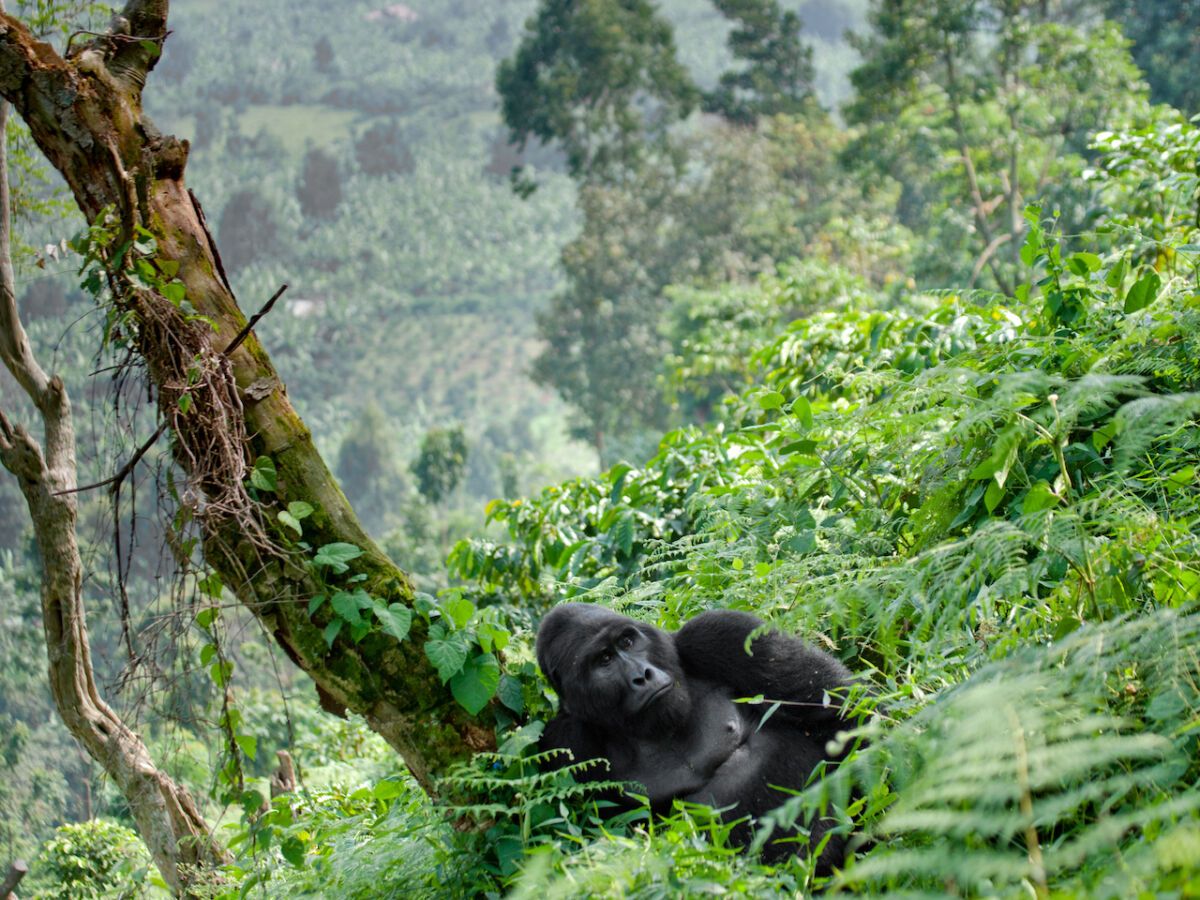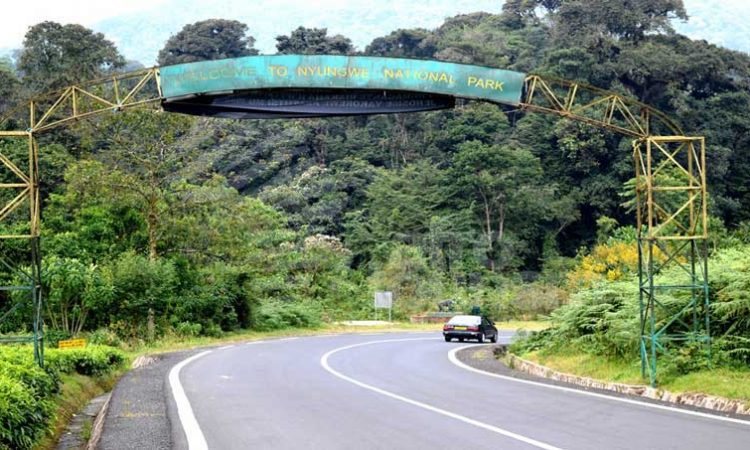Rwanda’s Wildlife Conservation : Rwanda is a biodiversity rich country with over 1000 plant species and 350 mammal, bird, and reptile species. However, due to human exploitation and degradation of natural habitats, biodiversity is dwindling in Rwanda. In addition, some species are endangered while others are on the verge of extinction. Fortunately, Rwandan government has taken steps to protect the wildlife and biodiversity of the country. The government plans to set aside 10% of its land for conservation and biodiversity protection by the year 2020.

The Forest Conservation Fund supports the government’s efforts to protect the country’s forest resources. It also provides financial support for community-based projects in forest protection and conservation.

The Fund runs a community-based ecotourism project which provides income for local communities as well as protects wildlife and forests. Rwanda has also established many national parks and wildlife sanctuaries which you can see on your Rwanda tour to protect rare plant and animal species. In 2013, the country inaugurated its first-ever national park in the Volcanoes Mountain Range. The park serves as a model for other protected areas in the country, Rwanda’s Wildlife Conservation.
Many initiatives have been launched in recent years to protect Rwanda’s biodiversity and promote sustainable development. One such initiative is the Rwinkwavu Biodiversity Research and Training Institute. This institute is engaged in research on plant and animal species found in Rwanda and partners with local communities to develop sustainable strategies to protect their habitats. Other efforts include the establishment of greenbelts and eco-tourism centers across the country.
These projects support conservation projects and provide opportunities for the communities to generate income by selling local products and participating in eco-tourism activities. However, significant challenges remain. Most of the national parks and wildlife sanctuaries are located in remote areas where infrastructure and facilities are limited.
As a result, the local population is not actively involved in conservation efforts. Additionally, illegal poaching remains a problem in many parts of the country. Wildlife smuggling is also a growing problem because many local communities rely on the sale of wild animals for their survival.
there are about fifty nature reserves in Rwanda covering a total area of over 2 million hectares. these reserves were established to conserve wildlife, protect the natural environment and enhance public awareness about the importance of conservation, Rwanda’s Wildlife Conservation. some of the reserves are designated ‘national’ while others are classified as ‘regional’. all national reserves are under the jurisdiction of the government and national and regional reserves are managed by the park authorities at the district level. in addition to these official reserves, there are many private game reserves whose activities are regulated by law. 24/7 wildlife security rangers patrol the reserves to prevent any illegal activity. they are supported by government staff at the headquarters and local field offices who manage day-to-day operations and provide technical assistance.
The government of Rwanda has also launched a number of conservation and development initiatives aimed at protecting the country’s rich biodiversity and promoting sustainable economic development. it has created a network of protected areas and developed various wildlife management and ecotourism programs to encourage local participation in conservation activities and boost the country’s tourism industry, Rwanda’s Wildlife Conservation.
There are more than 50 different nature reserves in Rwanda covering a total area of more than 2 million hectares (including forest areas). These reserves were established to protect Rwanda’s wildlife and conserve its natural resources as well as to promote sustainable economic growth and tourism. The reserve system includes both national and provincial reserves as well as privately owned game farms.

All national reserves are under the jurisdiction of the Ministry of Natural Resources and Tourism while the provincial reserves are managed by the Parks Authority at the district level. Most of the reserves are devoted to the conservation of terrestrial animals such as elephants, giraffes, buffaloes, zebras and hippos as well as birds such as the shoebill stork, purple-crested Turaco, golden-breasted bee-eater, black-faced honey guide and red-faced barbet. Special areas for the protection of the mountain gorillas and chimpanzees are also established. Many of the reserves also serve as sanctuary for rare and endangered species such as the African elephant and black rhinoceros.
In addition, a number of community-based eco-tourism projects are being implemented in some of the reserves to foster local participation in conservation efforts and stimulate economic growth in the communities surrounding the reserves.


